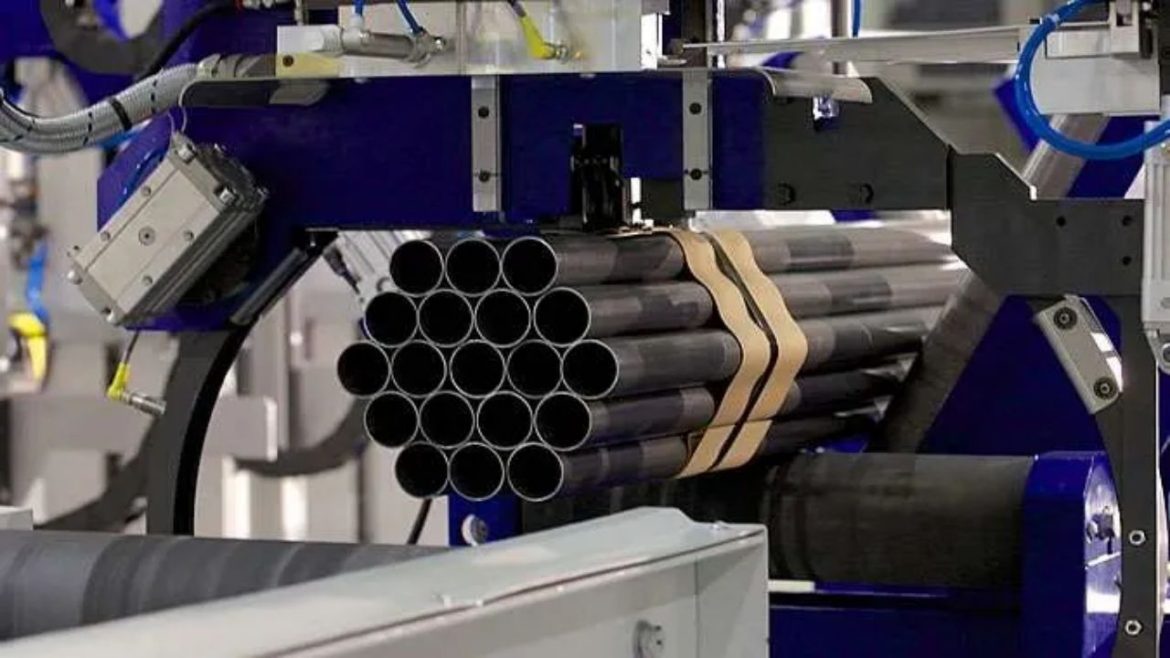Picture yourself as a project manager, standing at the precipice of a monumental construction project. The weight of responsibility rests heavily on your shoulders as you’re tasked with selecting the most reliable and durable materials. The success of your project hinges on these decisions, and one of the most critical choices you face is the type of steel pipe to employ. This is where the EN 10219 steel pipe shines.
Unpacking the Advantages of EN 10219 Steel Pipe
The EN 10219 steel pipe, a cold-formed welded structural hollow section, is a standout in the realm of steel pipes, offering a suite of unique benefits.
At the top of the list is the exceptional structural strength of the EN 10219 steel pipe. Crafted from high-grade steel and produced using cutting-edge technology, this pipe is designed to bear substantial loads and high pressure. This makes it an optimal choice for projects demanding a high degree of structural resilience.
Next, the adaptability of the EN 10219 steel pipe sets it apart. It thrives in a myriad of environments, from the most severe weather conditions to highly corrosive industrial settings. Its robust resistance to rust and corrosion makes it a long-lasting choice for any project.
Finally, the longevity of the EN 10219 steel pipe speaks volumes about its quality. Unlike other materials that may deteriorate over time, this steel pipe retains its strength and integrity for decades, making it a cost-effective solution in the long run.
Exploring the Wide-Ranging Applications
The versatility of the EN 10219 steel pipe enables it to excel in a diverse array of applications. In the realm of construction, it plays a pivotal role in erecting skyscrapers, bridges, and tunnels, providing the structural backbone these colossal structures need to stand firm and robust.
In the sphere of infrastructure, the EN 10219 steel pipe is instrumental in constructing pipelines for water, gas, and oil. Its superior strength and corrosion resistance make it the go-to choice for these critical applications.
In the field of transportation, the EN 10219 steel pipe is employed in the fabrication of vehicle chassis and body parts, contributing to the safety and efficiency of various transport systems.
Real-World Success Stories
There are countless real-world examples where the EN 10219 steel pipe has played a crucial role in achieving remarkable outcomes. Take, for instance, the construction of the Burj Khalifa, the world’s tallest building. The use of EN 10219 steel pipe was integral to the building’s structural framework, with its superior strength and durability being key to ensuring the building’s stability and longevity.
Similarly, the Trans-Alaska Pipeline System, one of the world’s most extensive pipeline systems, relied on the EN 10219 steel pipe for its construction. The pipe’s resistance to corrosion and ability to withstand extreme weather conditions were vital to the successful completion and operation of the pipeline.
Wrapping Up
In conclusion, the case for choosing the EN 10219 steel pipe is compelling. Its exceptional structural strength, adaptability, and longevity, coupled with its broad range of applications, make it a reliable choice for any project. Whether you’re a project manager, an engineer, or a decision-maker in the construction industry, the EN 10219 steel pipe should be a top contender for your material needs. It’s not just a choice—it’s a commitment to quality, reliability, and long-term success.
